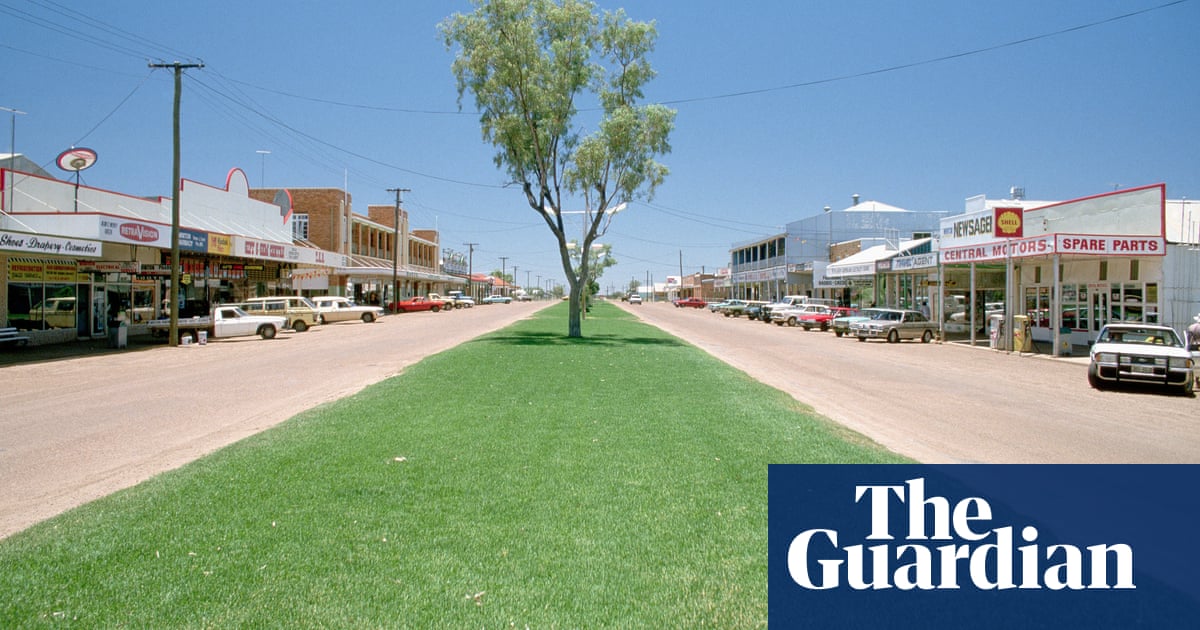- cross-posted to:
- nolawns@slrpnk.net
- cross-posted to:
- nolawns@slrpnk.net
This is the best summary I could come up with:
The smell of freshly cut lawn and dry grass lies deep in the sense memory of many of us, as does the heavy thrum of the sprinklers that pump water on to the sleepy spaces of school ovals and parks in the summer.
After all, while grasses are one of the most successful types of plant on Earth, growing on every continent, and covering around 40% of the planet’s land surface, lawns are monocultures made up of a handful of species that require frequent watering, fertiliser and – often – pesticides.
Andrea Gaynor, professor of history at the University of Western Australia, argues that while some settlers appreciated the beauty of Australian landscape from early on, that “didn’t override the necessity to provide a civilised veneer that meant the colony could project an image of itself as stable, settled and prosperous, and therefore an attractive field for investment.
As the vast, manicured sports fields that surround the most expensive private schools or the sprawling golf courses that occupy hundreds of millions of dollars worth of land in the inner suburbs of Australia’s cities eloquently demonstrate, lawns continue to act as powerful signifiers of wealth and social status.
In Perth, where rainfall has declined about 20% over the past half a century, and inflow to dams has dropped even more substantially, the city’s love affair with its lawns and gardens means per capita water consumption remains far higher than in other Australian capitals.
Instead, as Scott leads me through the space she points out humped masses of wallaby and weeping grass, the green, juicy leaves of tiny dichondras, and the darker stems of trefoils sprouting among the leaf litter, all remnants of the now-critically endangered Sydney turpentine ironbark forest ecosystem that existed here before European invasion.
The original article contains 2,309 words, the summary contains 295 words. Saved 87%. I’m a bot and I’m open source!
deleted by creator
For the past 20 years I’ve been living in units and townhouses so didn’t have to worry about lawns. Moved into a house early this year and after mowing once decided we don’t want lawns.
We’ve replaced the front yard and verge with garden beds and plan on doing the back yard soon so we won’t have any grass at all.
The change not only means a lot less maintenance but the suburban wildlife seems to appreciate it with bees and birds visiting regularly.
Not where I live. All my neighbours and myself love our lawns and are meticulous in taking care of them, mowing every few days in summer etc.




